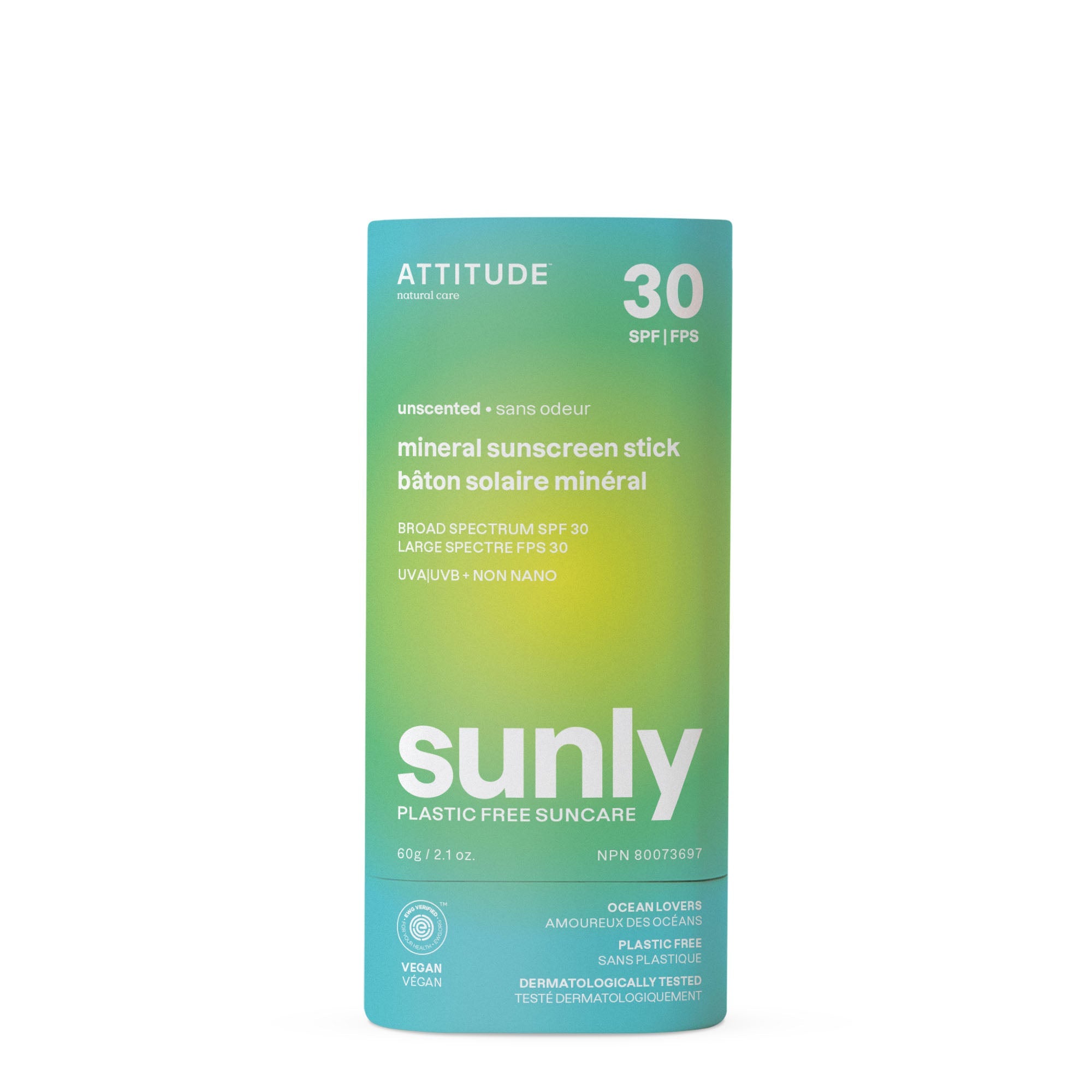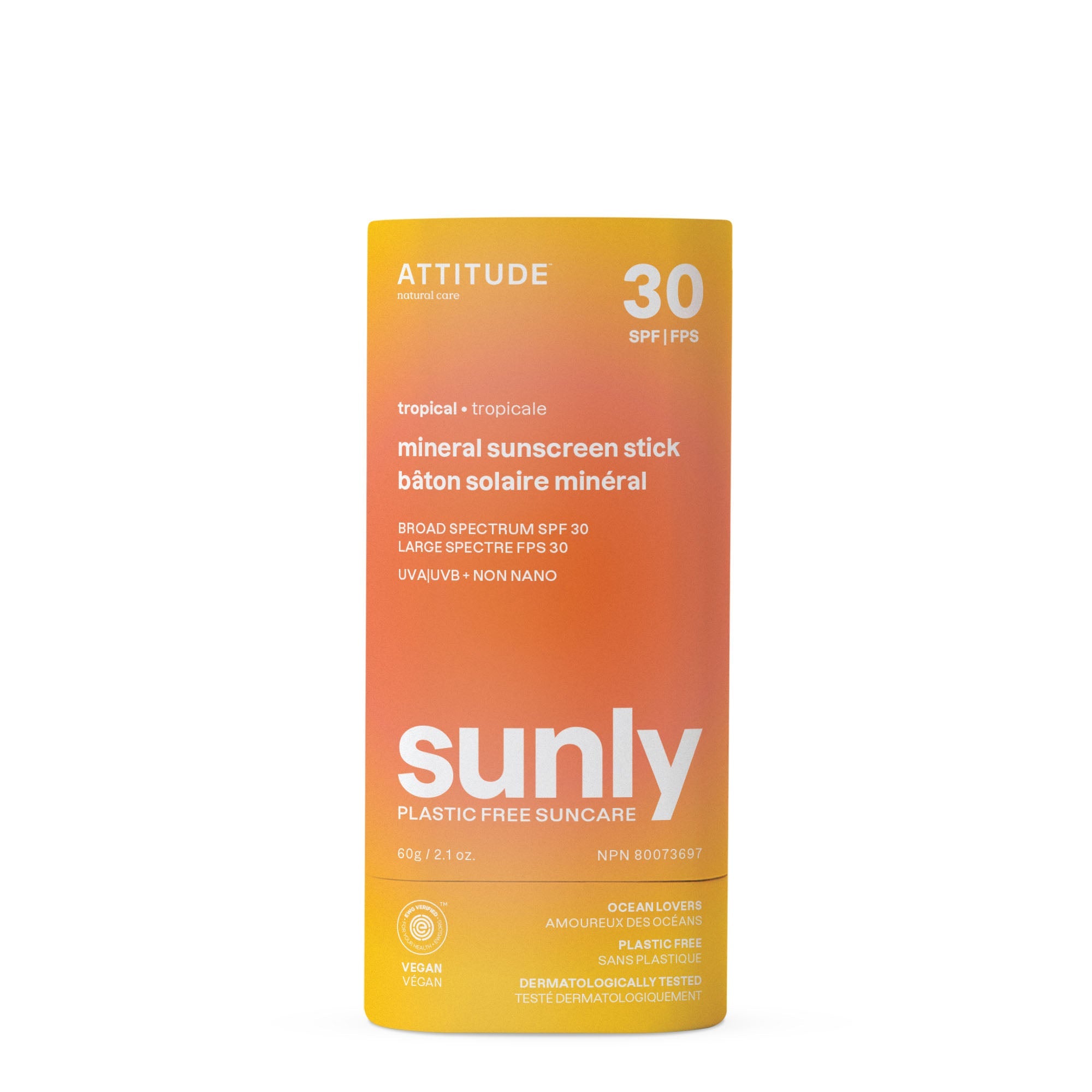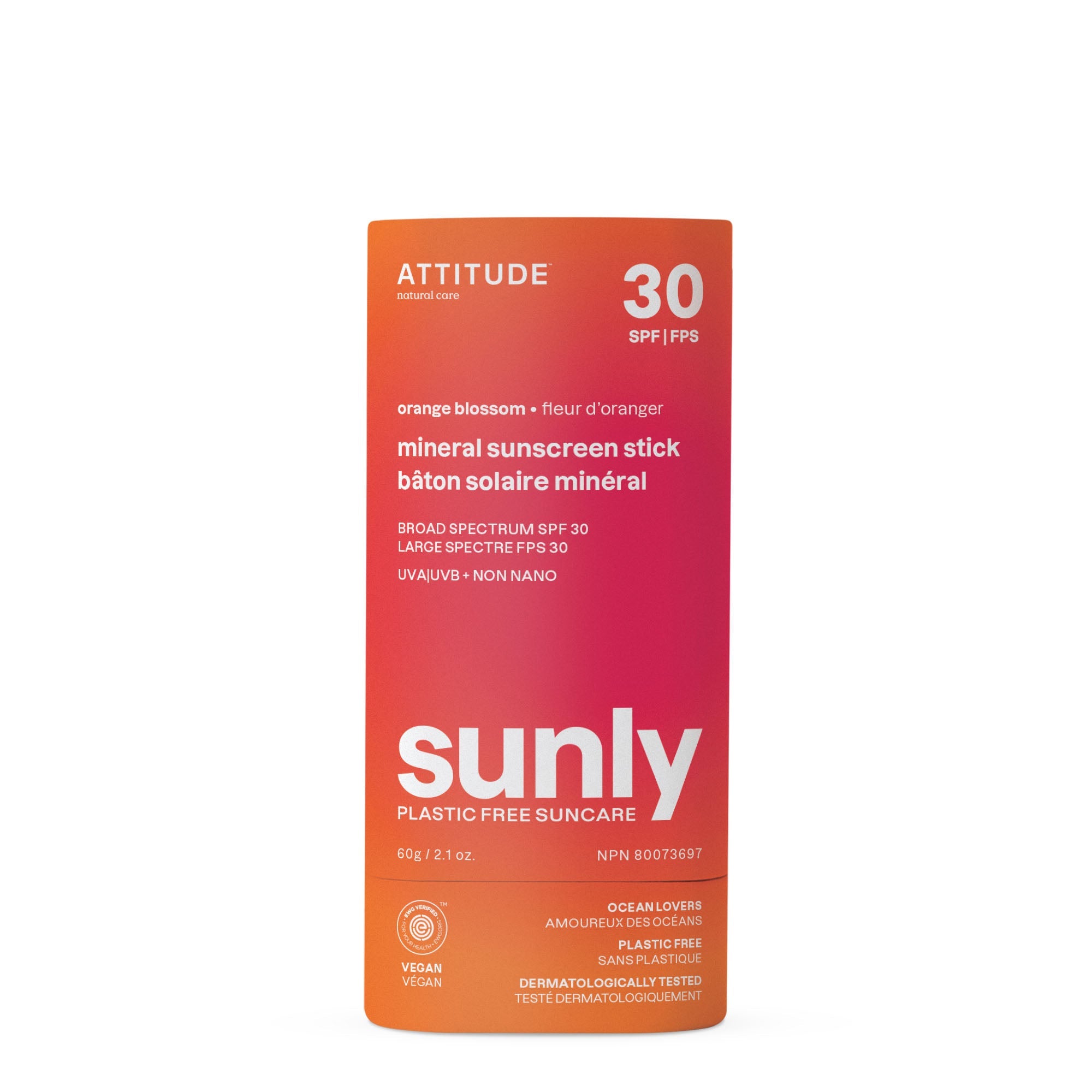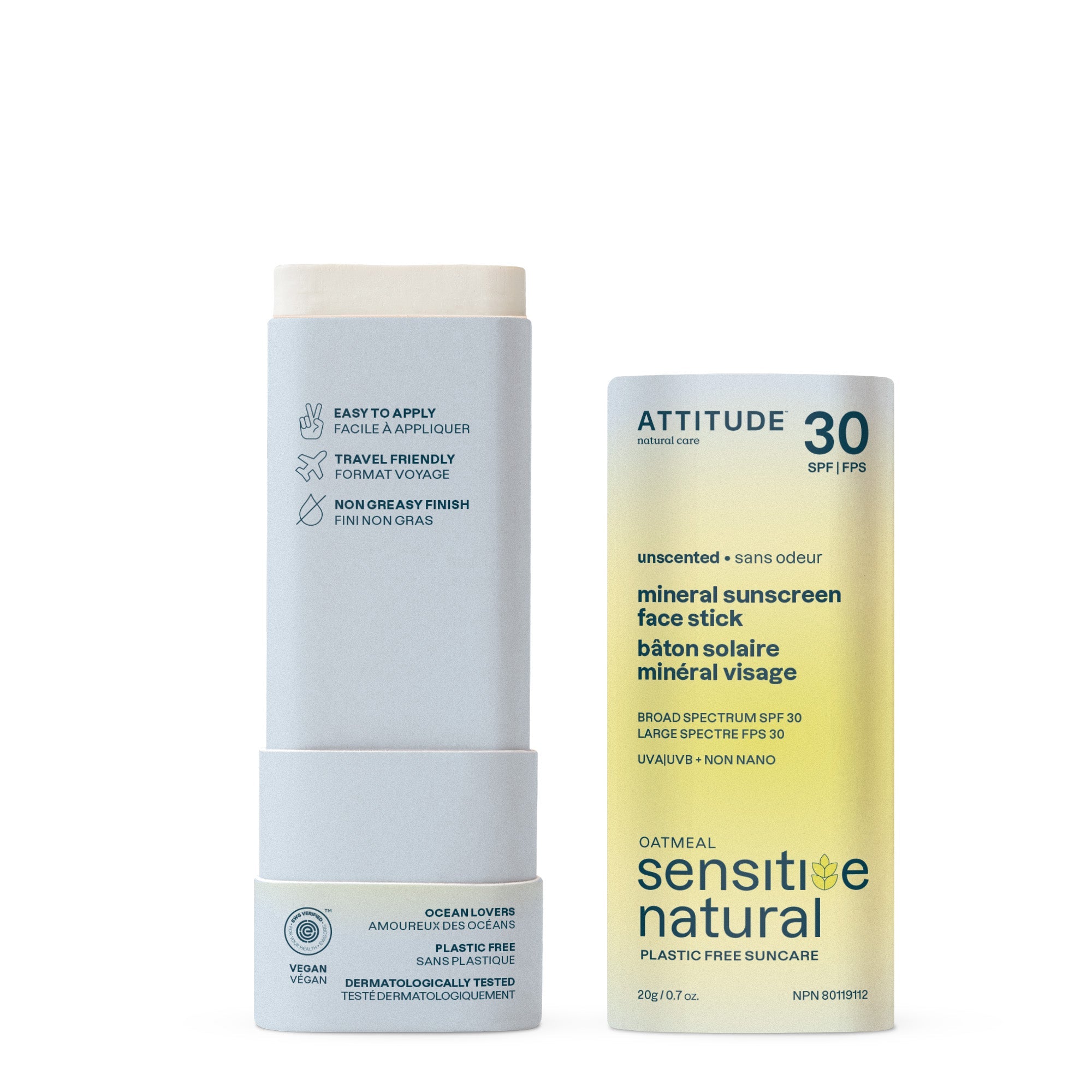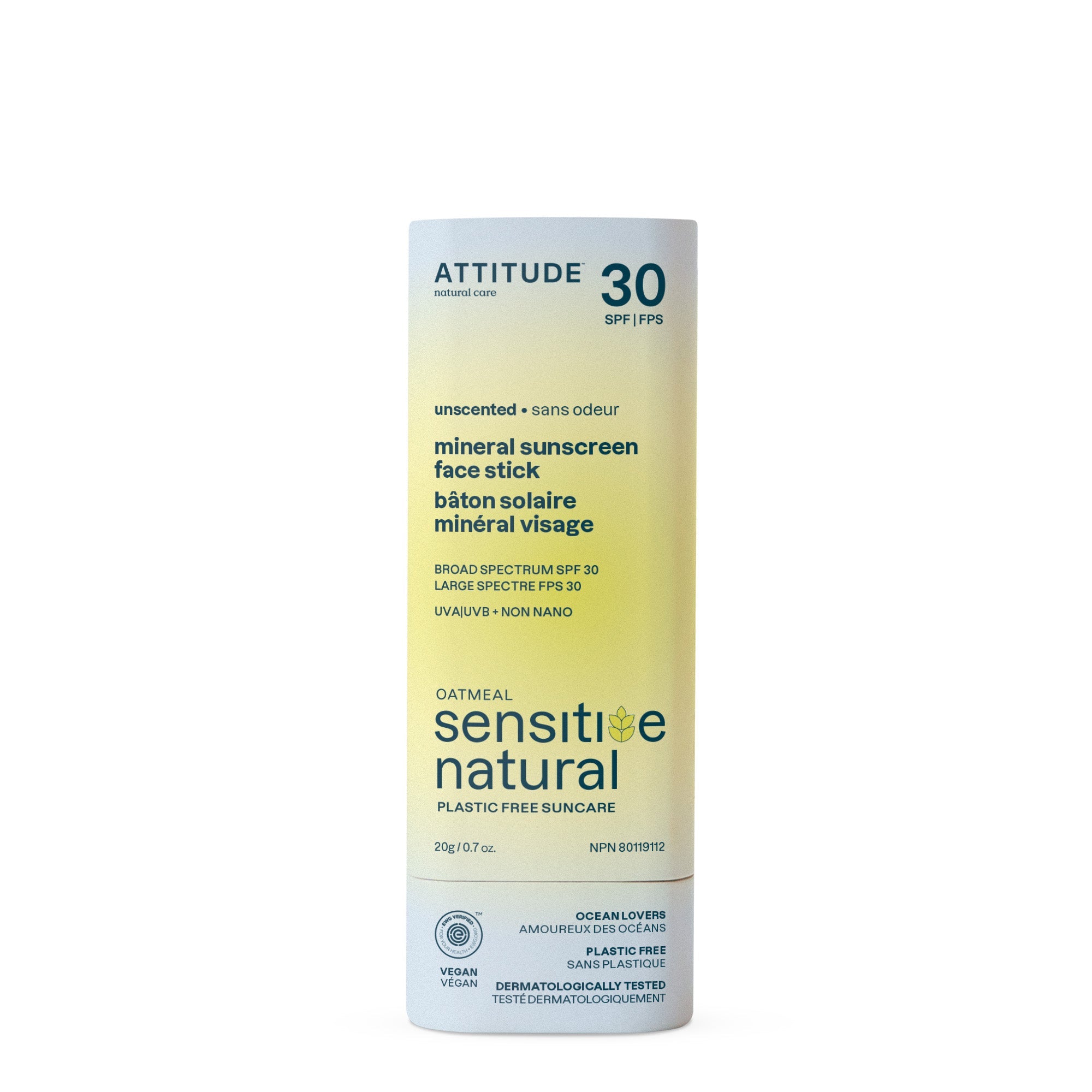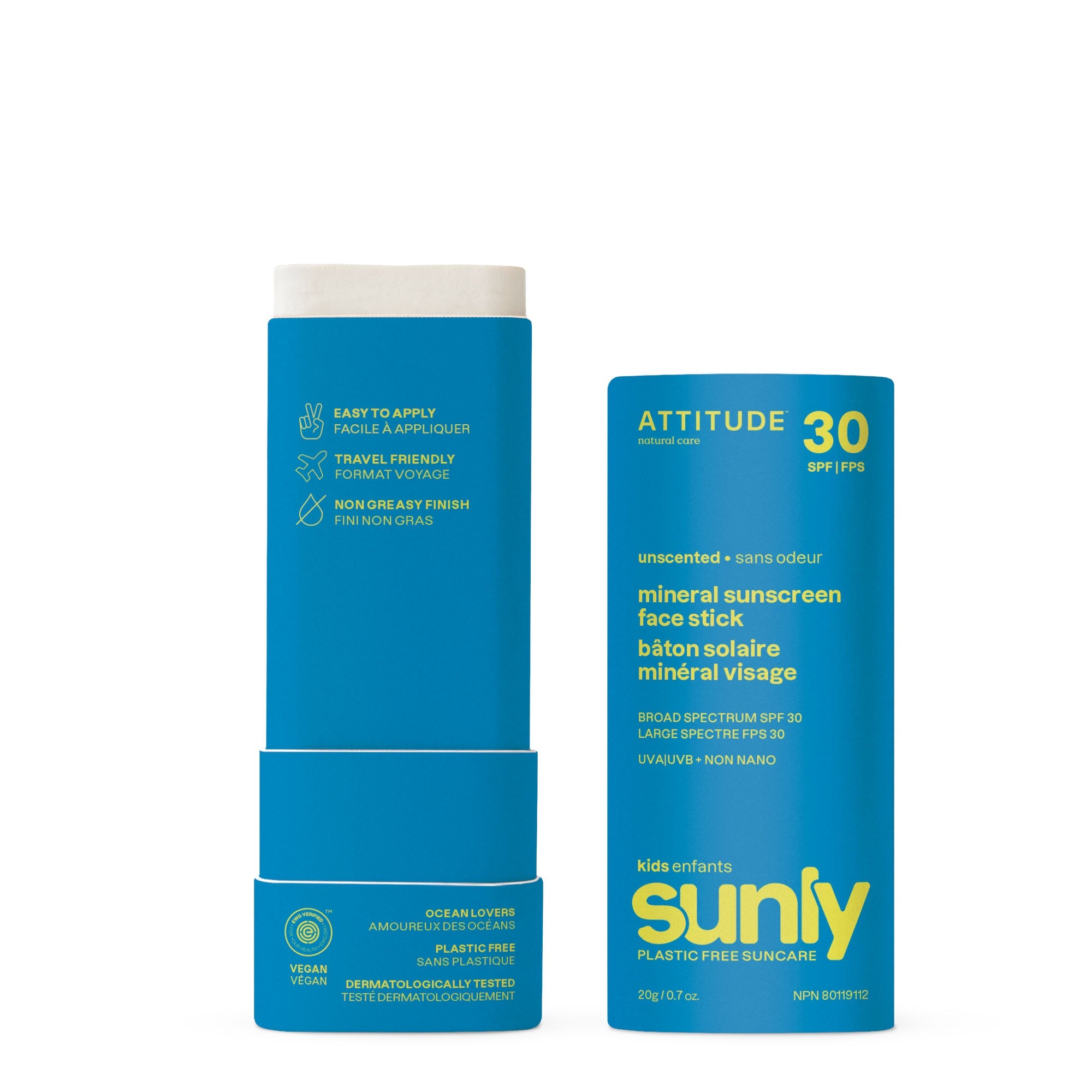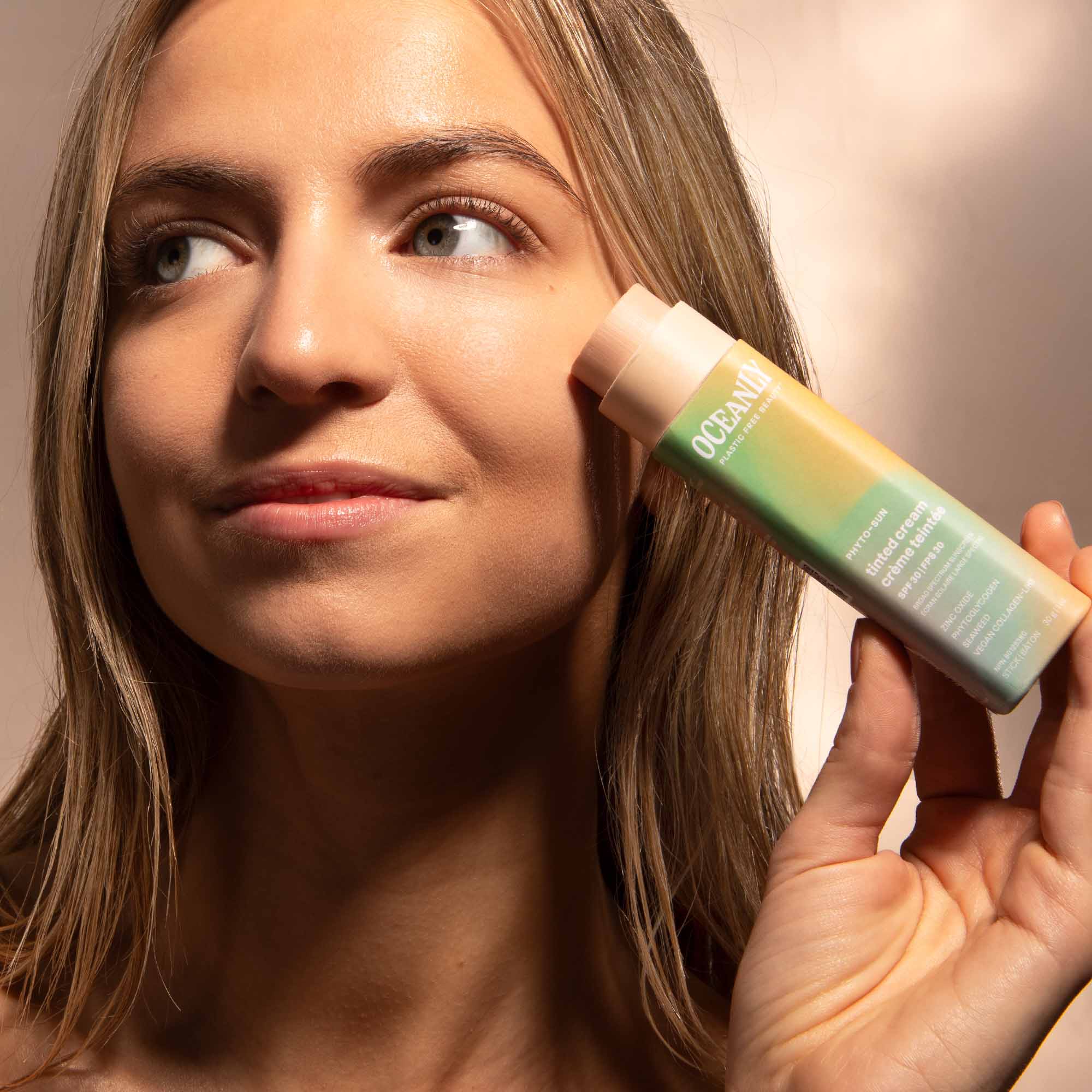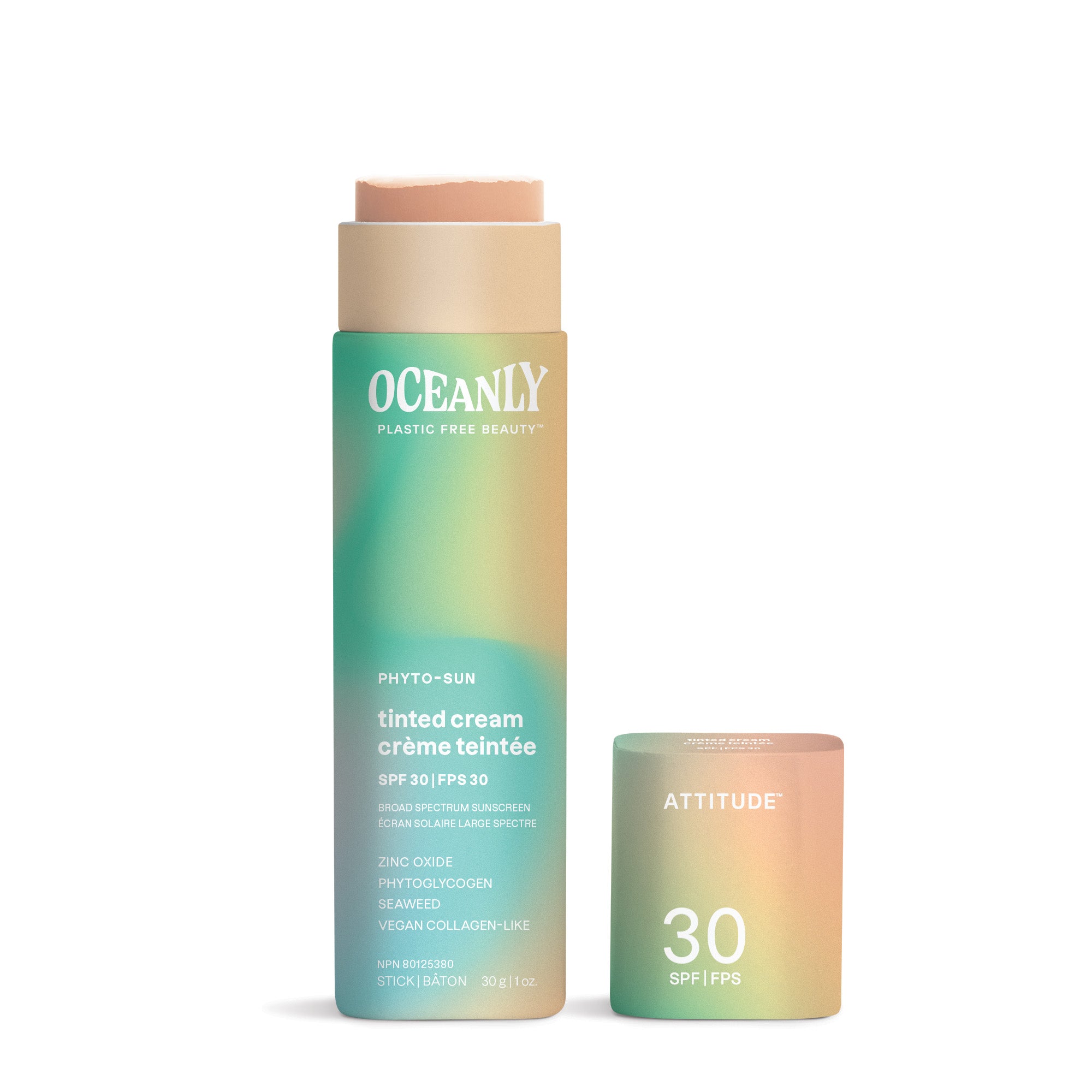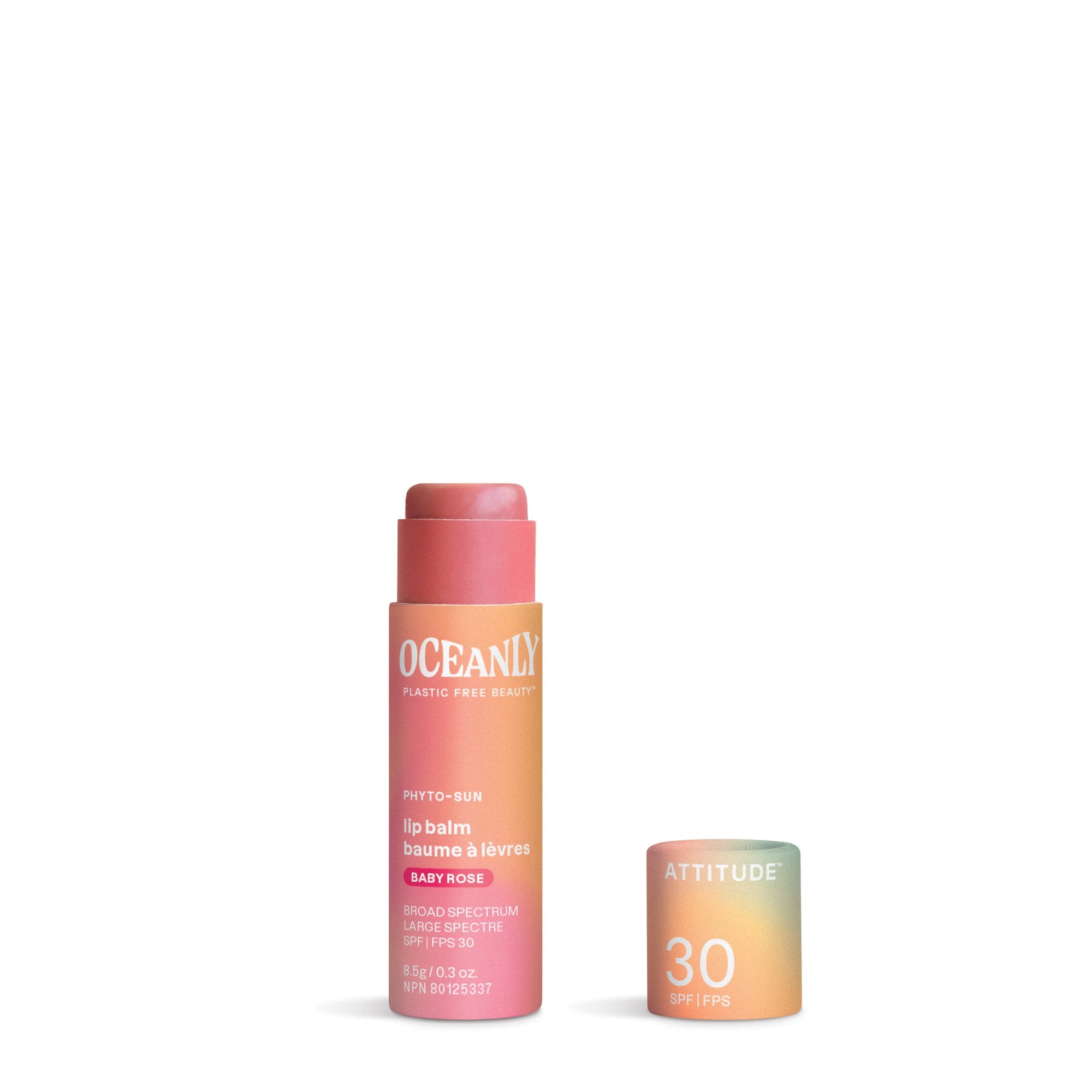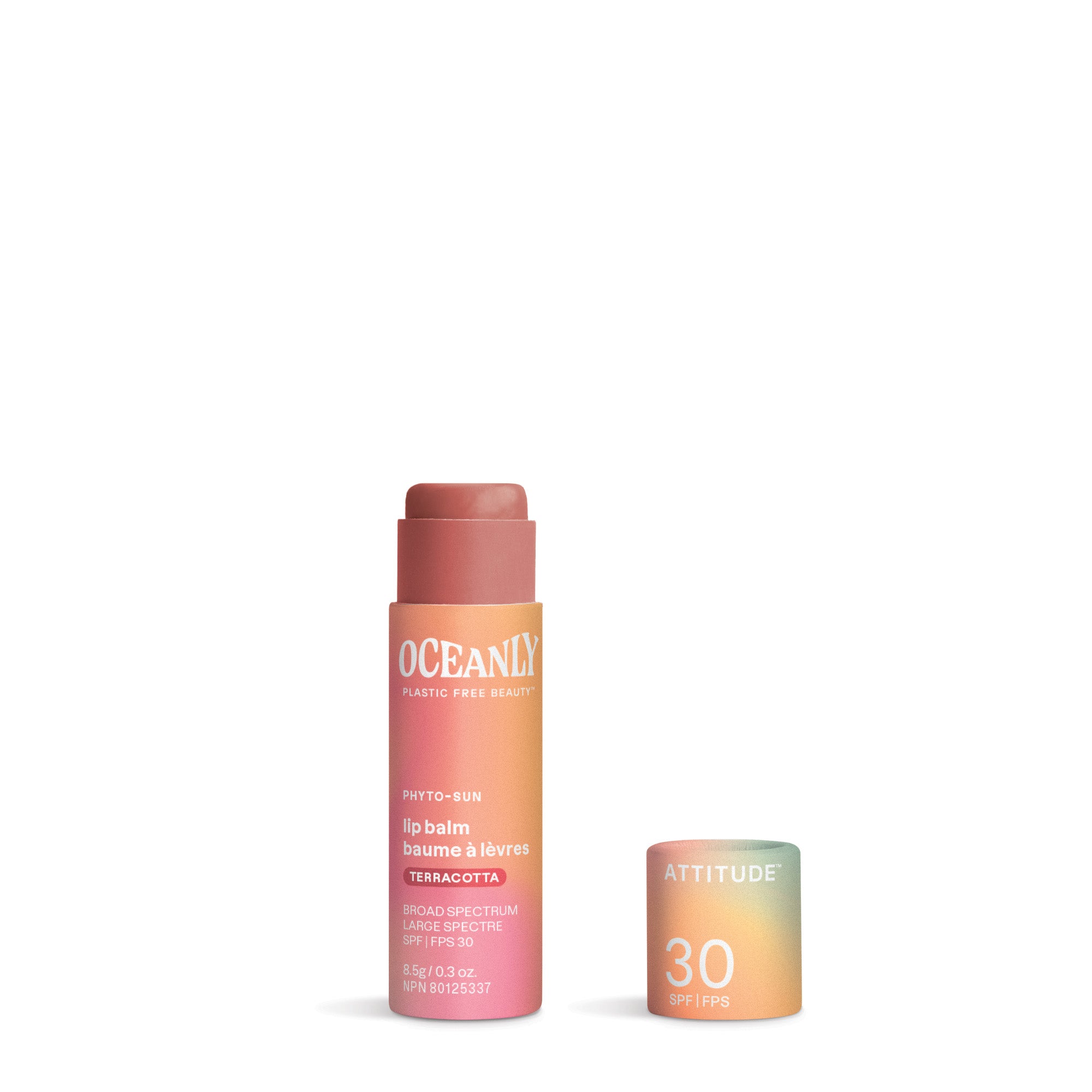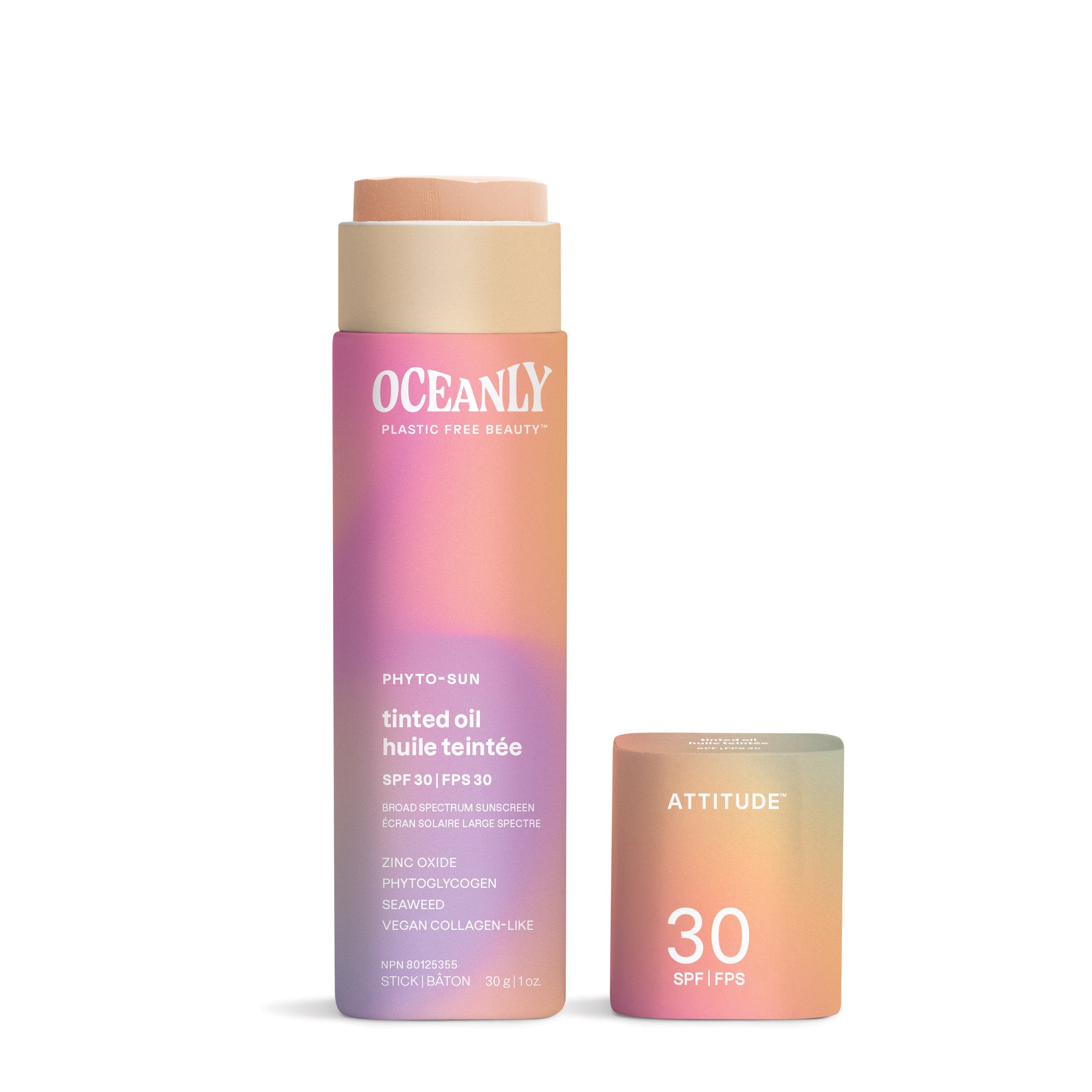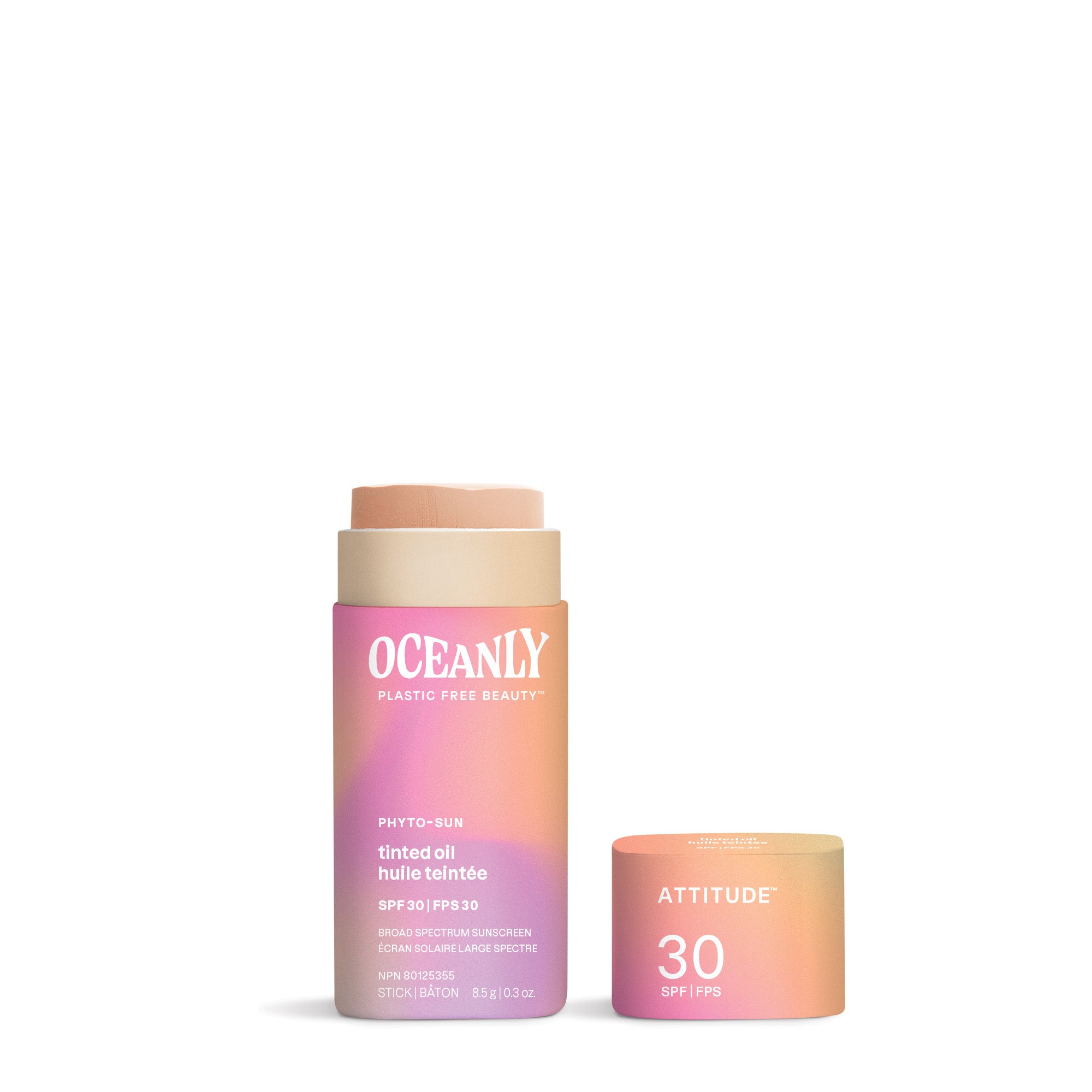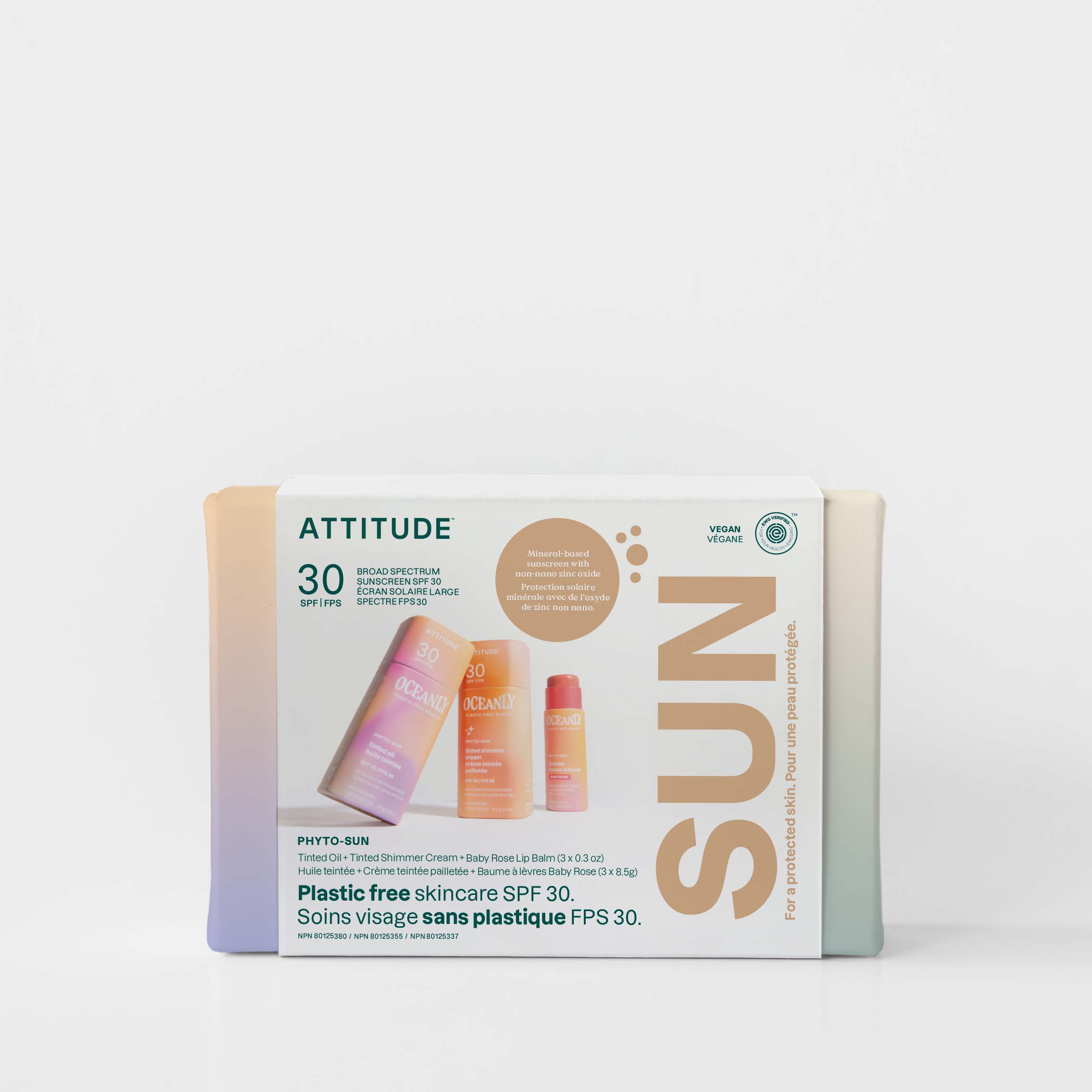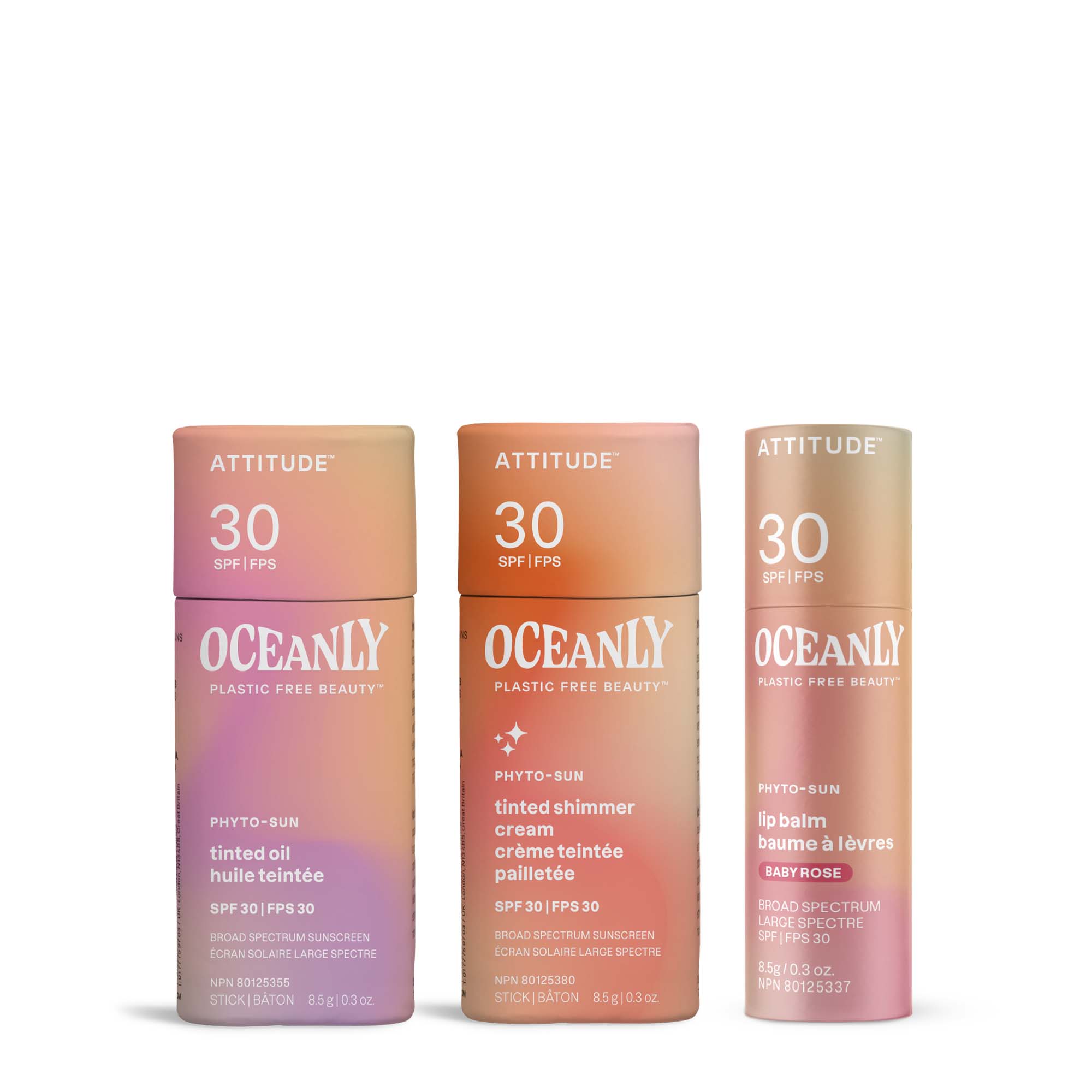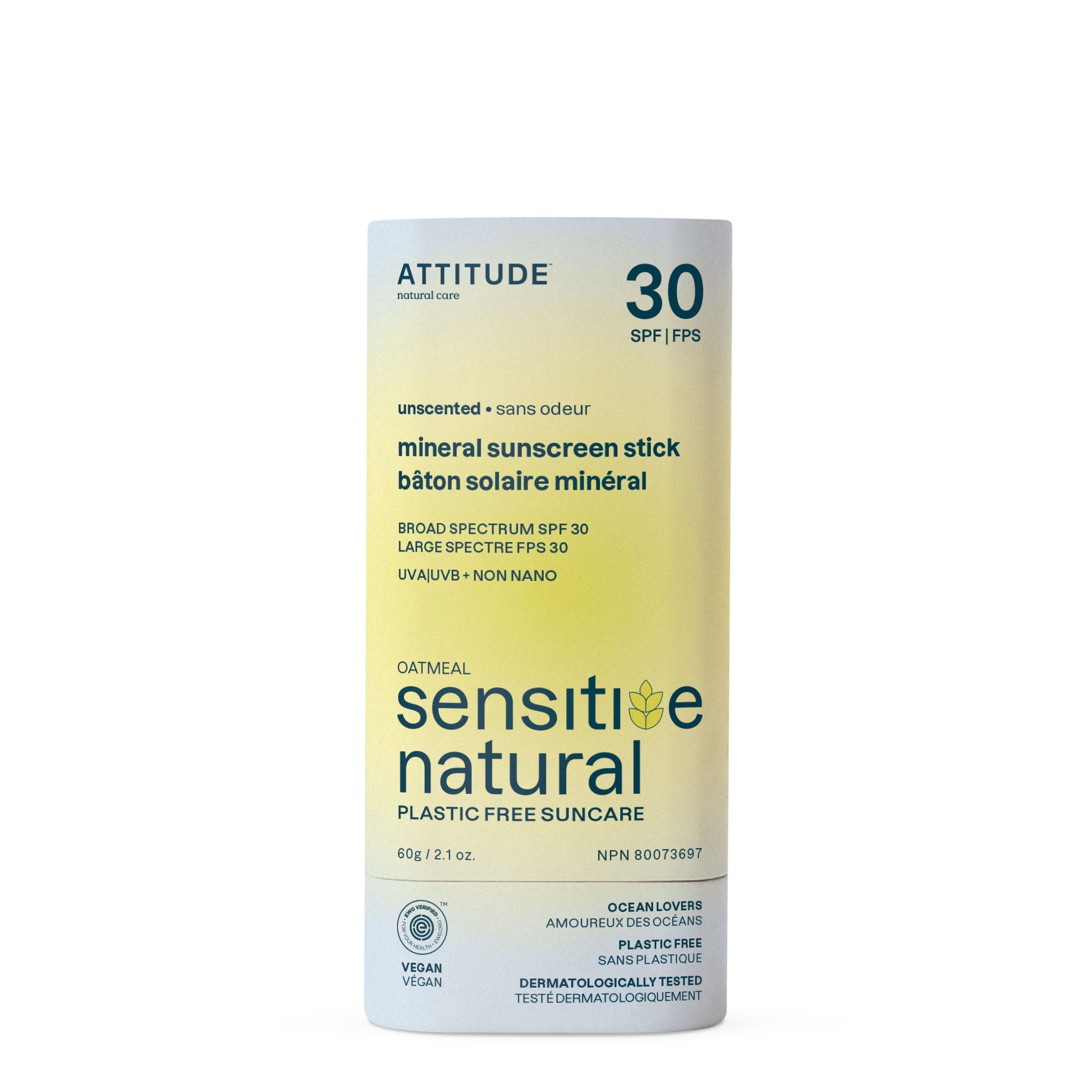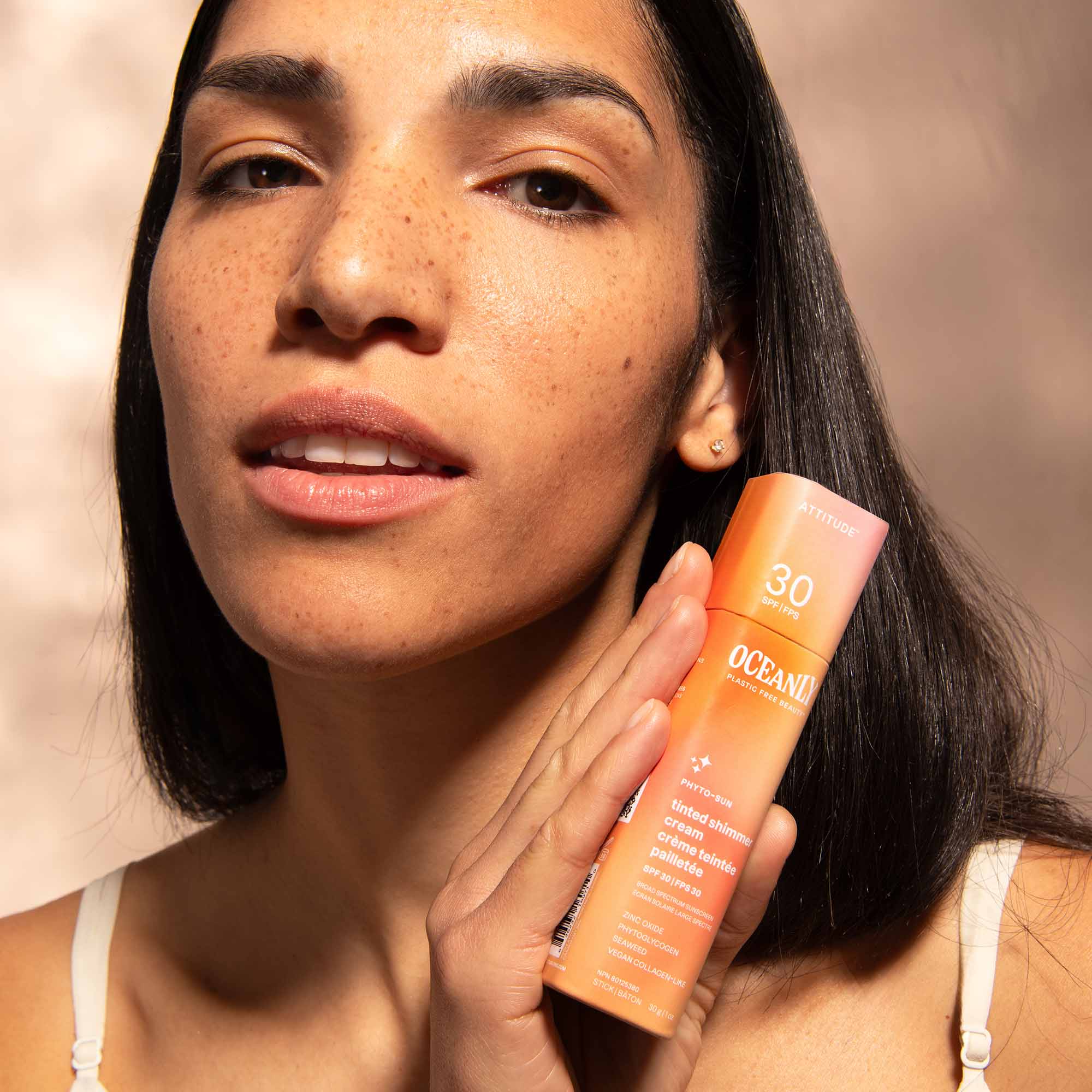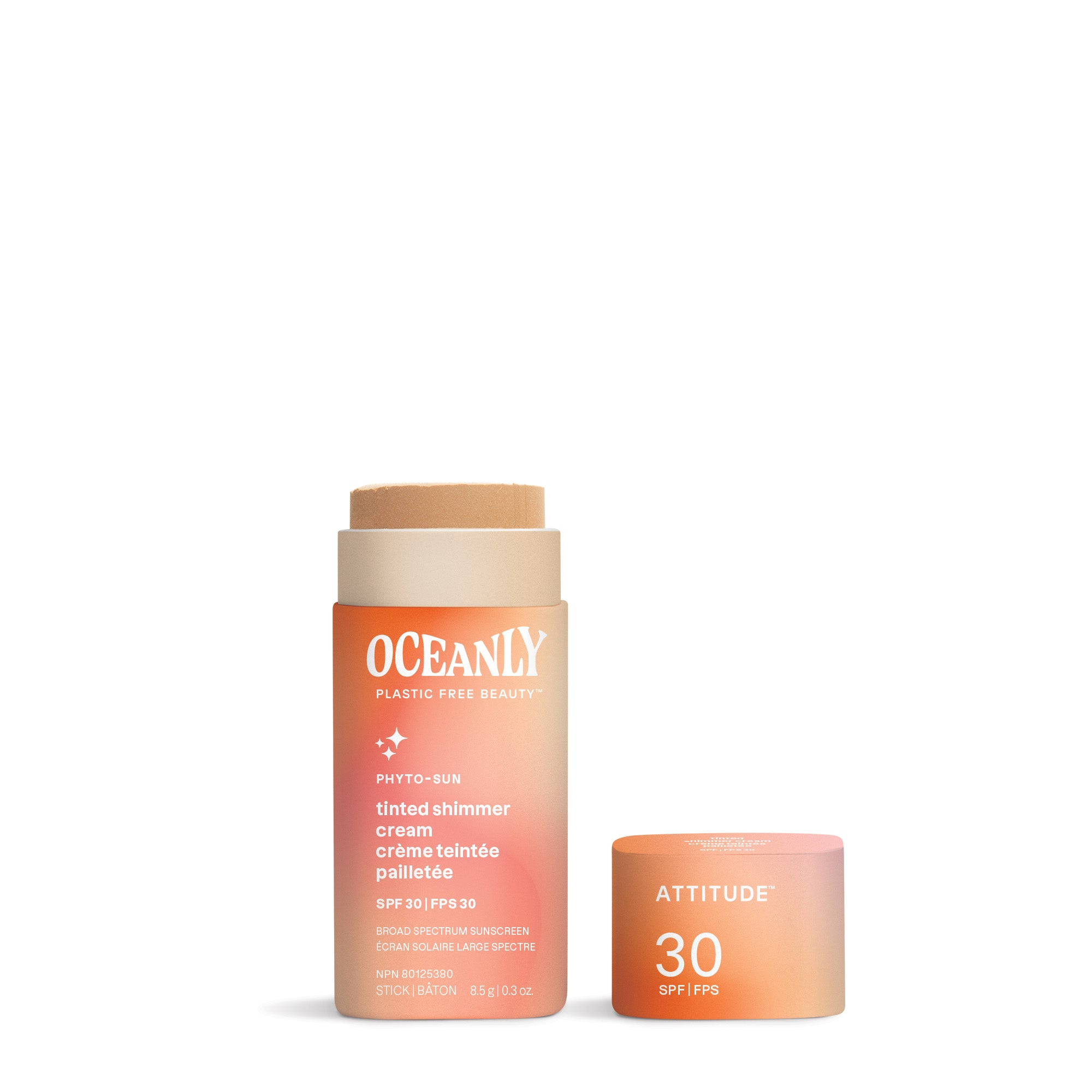Plastic Free 矿物防晒霜s
获奖 plastic-free mineral sunscreens made with non-nano zinc oxide. Dermatologically tested and easy to apply.

Frequently asked questions
T在这里 are two types of UV filters: chemical and physical.
Chemical filters use active ingredients that get absorbed by the skin to block UV rays and protect the skin.
Physical (or mineral) filters create a physical barrier on the skin to block UV rays.
According to the Environmental Working Group (EWG), zinc oxide is considered to be the safest physical filter.
SPF indicates the amount of UVB rays blocked by a sunscreen. spf30可以阻挡97.4% of UVB rays, while SPF 50 will block 98%. As you can see, the difference is relatively small. Although the numbers increase, your degree of protection isn’t significantly better. In fact, the difference between SPF 30 and 50 is minimal—SPF 50 only blocks an extra 0.6%的UVB辐射.
Percentage of blocked UVB rays
- SPF 15* 93%
- 防晒系数30 97,4%
- SPF 50 98%
- SPF 60 98,3%
*Health Canada recommends a sunscreen with a minimum SPF of 15.
And very high SPFs don’t come without risks. They give people the impression that they are extremely well protected, so they tend to spend more time in the sun. 然而, the SPF value is not a time-dependent protection, but rather indicates the proportion of blocked sun rays. This is why we have to re-apply sunscreen every two hours, regardless of its SPF, to efficiently protect the skin.
For more information, read our article "The Truth 关于 High SPF Sunscreens: Are They Really Better?"
Our sunscreens are partially water resistant because some of their ingredients, 包括氧化锌, naturally repel water.
然而, we prefer not to label our sunscreens as such because after they are exposed to water, they will no longer provide protection that is as effective.
因此, we recommend reapplying our sunscreen at least every 2 hours, and after swimming or excessive sweating.
While titanium dioxide is often used in mineral sunscreens, it only provides partial UV protection. Zinc oxide, on the other hand, offers broad-spectrum coverage (UVA and UVB). According to the Environmental Working Group (EWG), zinc oxide is the soundest sunscreen choice.
For an efficient and non-whitening product, it’s important to ensure that t在这里 is a high enough concentration of non-nano zinc oxide. *For more information, read our article 在这里.
Yes, our sunscreens are all made with non-nano zinc oxide.
In addition to being a mineral sunscreen made with zinc oxide, the sunscreen for sensitive skin is fragrance-free, dermatologist tested and enriched with 1% colloidal oatmeal. Colloidal oat is a natural medicinal ingredient recognized by Health Canada for skin care purposes.
Oats protect the skin barrier and help relieve symptoms caused by eczema and skin irritations. It also features the NEA (National Eczema Association) Seal of Acceptance™ logo, certifying that it is free of ingredients unsuitable for sensitive skin.
It is true that the whitening effect can be related to the size of the zinc particles. We put a lot of effort into choosing the right particle size for our physical solar filter.
It was a great challenge to find the right balance between application performance and particle size, and thus offer minimal whitening of the skin and maximum protection. We are very proud of the result and have had great comments from our customers!

